Although gas-shielded and self-shielded flux-cored wires have the most suitable applications, they share many of the same advantages. Both offer high deposition rates - the amount of weld metal placed in the weld in a given period - and deposition efficiencies - the ratio of the weight of deposited metal to the amount of filler metal used, expressed as a percentage. They are also more resistant to contaminant welding than other filler metals, such as a solid wire.
Both types of flux cored wire can weld a wide range of carbon steel and other ferrous materials and in a range of thicknesses. While each category has different levels of weldability based on arc stability, spatter levels, slag removal, and overall bead appearance, they are generally attractive to operators.
The American Welding Society (AWS) A5.20/A5.20M:2021 Specification for carbon steel electrodes for flux cored wire arc welding sets the criteria that the wire must meet in order to withstand a particular classification. Within each category, wires have unique characteristics that affect their weldability and they have designators that indicate their composition and intended use. These designators begin with a T followed by a dash and a number. For example, AWS E71 T-1.
Gas-shielded flux cored wires are used in a wide range of applications from general fabrication and construction to shipbuilding. They require an external shielding gas, typically 100% CO 2 or an argon/CO 2 balance of 75% to 80%.
.jpg)
Flux Cored Wire Self-shielded
Understanding gas-shielded flux cored wires
Gas shielded flux cored wires are used in a variety of applications from general fabrication and construction to shipbuilding. They require an external shielding gas, usually 100% CO2 or an argon/CO2 balance of 75% to 80%. The shielding gas used affects weldability, including weld spatter levels and arc stability.
There are several common types of gas-shielded flux-cored wires.
T-1, T-9 and T-12 wires have similar welding characteristics, have good operator appeal such as arc stability, and are considered easy to use. All three use DCEP polarities, have single and multi-pass capabilities and have rutile-based slag systems. Smaller wires (1/16 inch or smaller) can be used for all-position welding, while larger wires (5/64 inch or larger) can usually be used only in flat and horizontal positions. These wires typically produce low weld spatter levels and moderate but fully covered slag, good release, and a flat to slightly raised weld seam appearance. Some wires in these classifications contain both 100% CO 2 (C) and 75% to 80% argon/CO 2 balance (M) designations to allow for greater versatility in the applications they can be used for. According to the manufacturer's recommendations, more argon in the mixture helps to improve arc smoothness and misalignment welding capabilities.
AWS mechanical requirements for T-1 wire are 70 to 95 ksi tensile strength (for mild steel products), 58 ksi minimum yield strength, 22% minimum elongation and a minimum impact toughness notch (CVN) of 20 ft-lbs below 0°F Charpy V-.
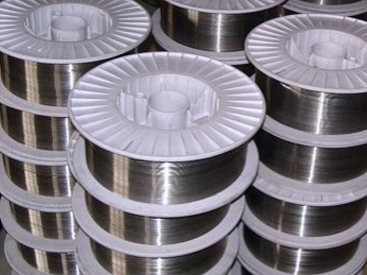
Flux Cored Wire Gas-shielded
T-9 wire has the same mechanical requirements, but offers higher impact toughness: 20 ft-lbs at -20°F CVN.
Explore more:The Ultimate Guide to Chicken Feed Pellet MachinesShould you invest in commercial truck cleaning equipment?What Precautions Should be Taken When Using a Freeze Dryer?What is CNC lathe machine?How to guide clients to choose their excavator quick coupler?How does an oil fired steam boiler work?What is a Roll Wrapping Machine used for?T-12 wires are designed to meet the requirements of Section IX of the ASME BPV (American Society of Mechanical Engineers Boiler and Pressure Vessel) Code. Specifically, they have a lower manganese content, which reduces tensile strength and hardness and increases the risk of cracking; and they have a more stringent chemical composition and tensile tolerance requirements of 70 to 90 ksi.
Unlike T-1, T-9 and T-12 wires, T-5 wires have an alkaline slag, which makes them less suitable for welders. However, the advantage of these wires is their excellent mechanical properties, which help to reduce hot and cold cracking. The wire provides a driving arc, which increases penetration into thicker materials.
Knowledge about self-shielded flux-cored wires
Self-protecting flux cored wires are often used as an alternative to welding rods in construction and other outdoor applications. They do not require an external shielding gas and, because the wire is constantly fed, they can weld faster than stick electrodes, thereby increasing productivity.
Self-protecting flux-cored wires are often used as an alternative to stick electrodes for construction and other outdoor applications. They do not require external shielding gas and because the wire is constantly fed, they can weld faster than stick electrodes, thus increasing productivity.
Some common self-shielded flux cored wires include T-6, T-8 and T-11. the latter two allow for faster solidification of the slag, resulting in improved mismatch welding capability. the T-6 wire provides slower solidification of the slag.
T-6 wire has an impact toughness of at least 20 ft. lbs. at -20°F to help prevent cracking in applications exposed to harsh environments. These include bridge and structural construction. Their arc enters the joint well, resulting in consistent root penetration, and the slag is easily removed. t-6 wire is used in flat and horizontal welding applications.
T-8 wire has the same impact toughness as T-6 and can be used for all-position welding of materials with no thickness restrictions. Some filler metal manufacturers offer T-8 wire with the J designation, which means that these wires have an impact toughness of -40° F. T-8 wire is typically used in applications that must meet the AWS D1.8/D1.8M Structural Welding Code - the seismic supplement requirement for demanding critical welds so that they can be used in areas with high seismic activity. They require careful attention to technique by the welding operator as they are less error prone and more difficult to use than T-11 welding wire.
Unlike T-6 and T-8 wire, T-11 wire does not require impact toughness testing and they are not very resistant to cracking. They are versatile wires for outdoor applications, versatile and easy to solder. Although they cannot be used for critical welding, AWS D1.1 Structural Steel Welding Code considers them usable for materials less than 1/2" thick.
Final considerations
Whether welding with gas shielded flux cored wire or self shielded flux cored wire, achieving the best results depends on operating under the correct parameters. Always consult the wire's data sheet for more information. These can be found on the websites of most filler metal manufacturers. There the welding operator will find recommended settings for polarity, voltage, current strength and wire speed, as well as shielding gas requirements (if necessary), wire protrusion details etc. Following these recommendations not only reduces the risk of problems requiring downtime for troubleshooting, but also helps to ensure that the wire operates as intended.
source
Explore more:How Does a Sleeve Shrink Wrapping Machine Work?What does a palletizer do?How Construction Lift Platforms Reduce Accidents on Construction SitesHow Much Diesel Does a 5 Ton Forklift Use?How Hydraulic Drilling Rigs Enhance Workplace SecurityWhat is a doypack machine?The Comprehensive Guide to Manufacturing Hollow Blocks



.jpg)

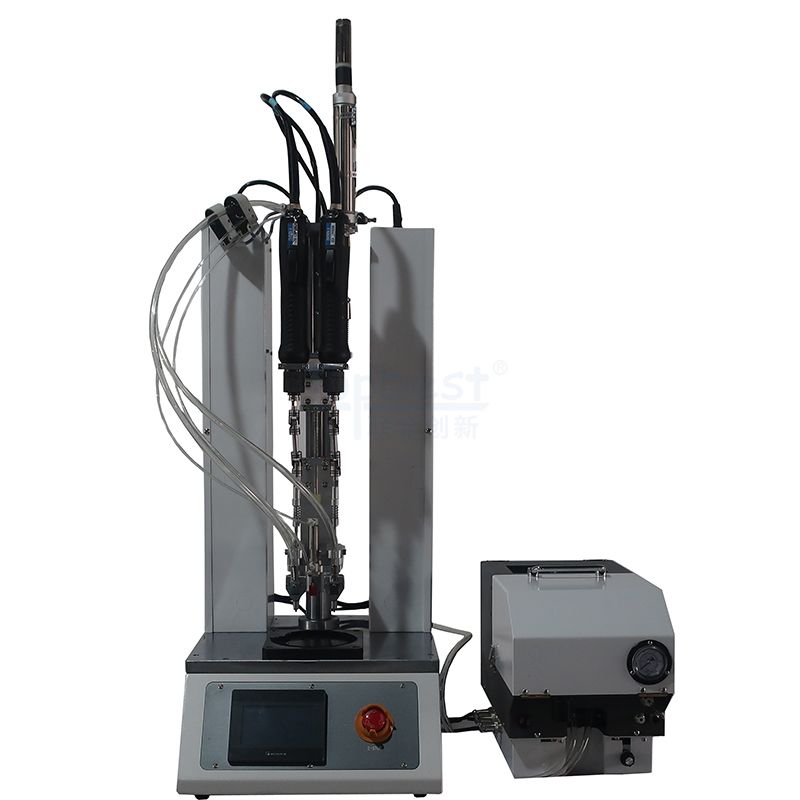
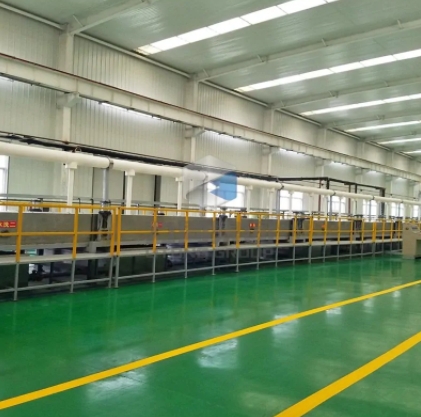

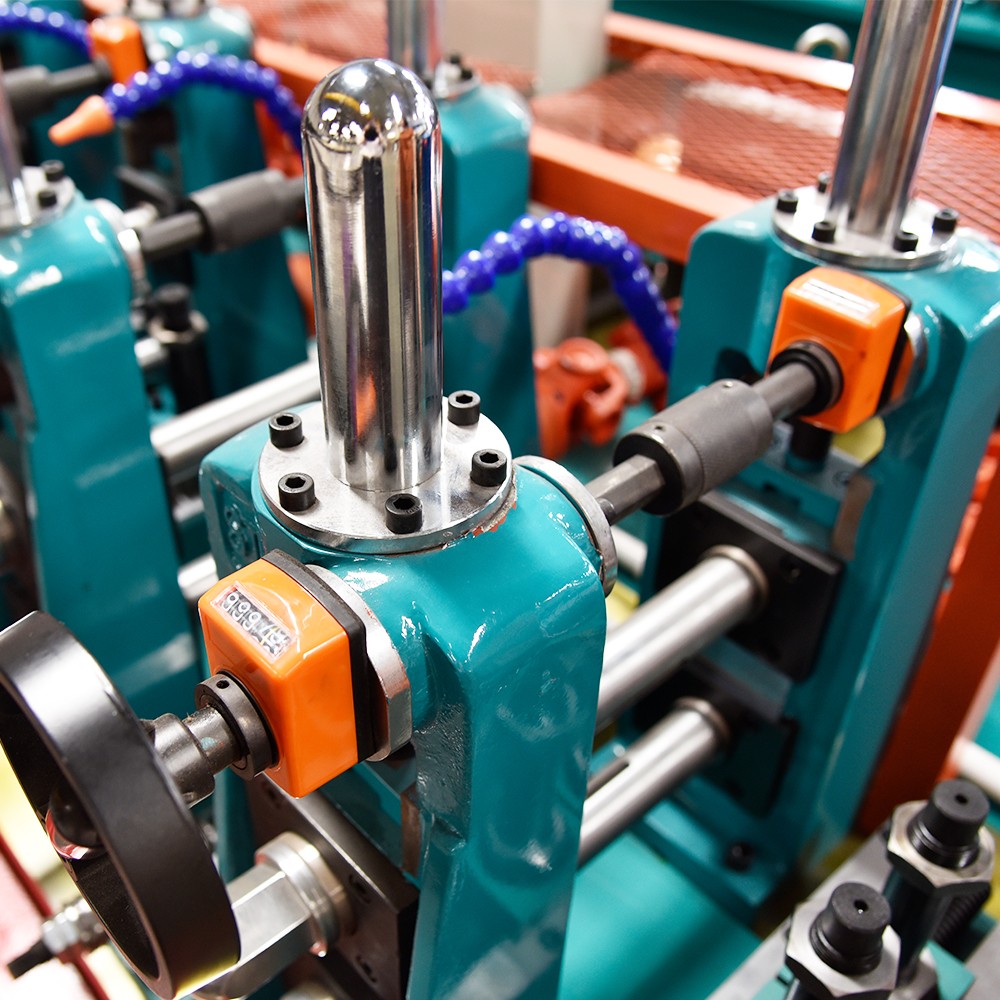
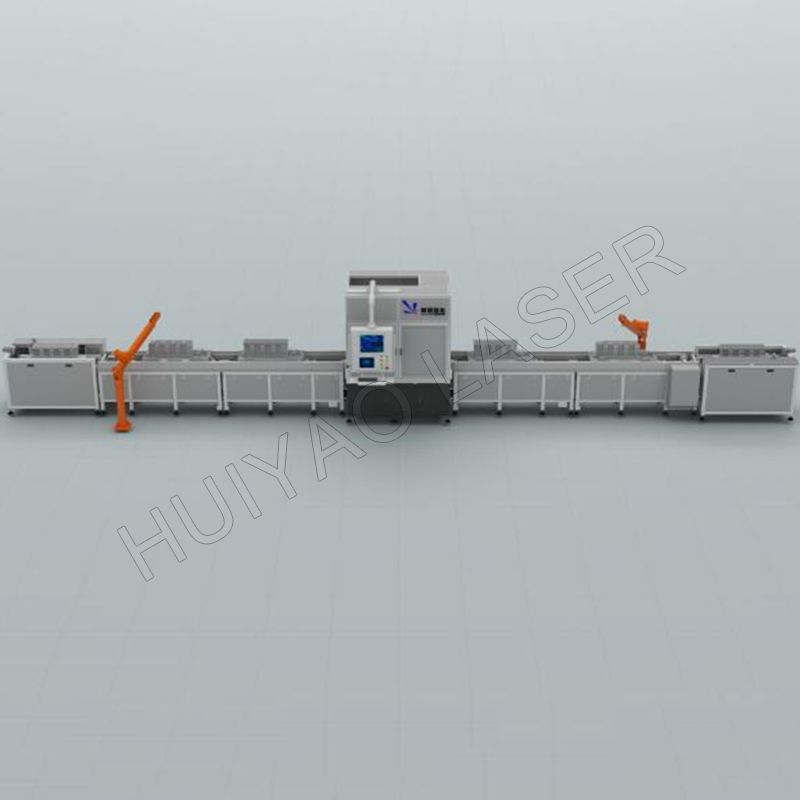


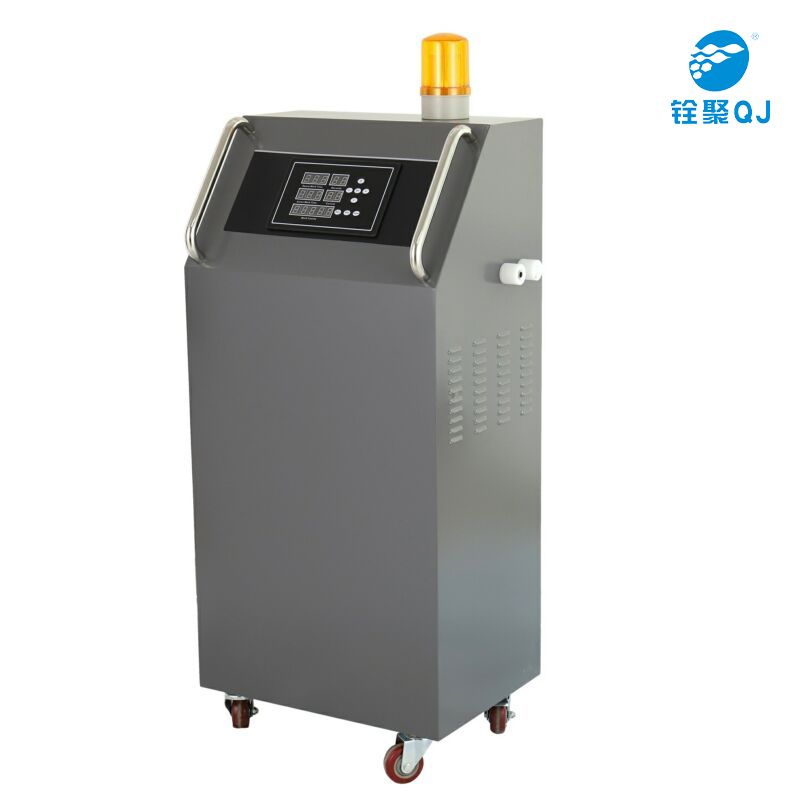
Comments
Please Join Us to post.
0